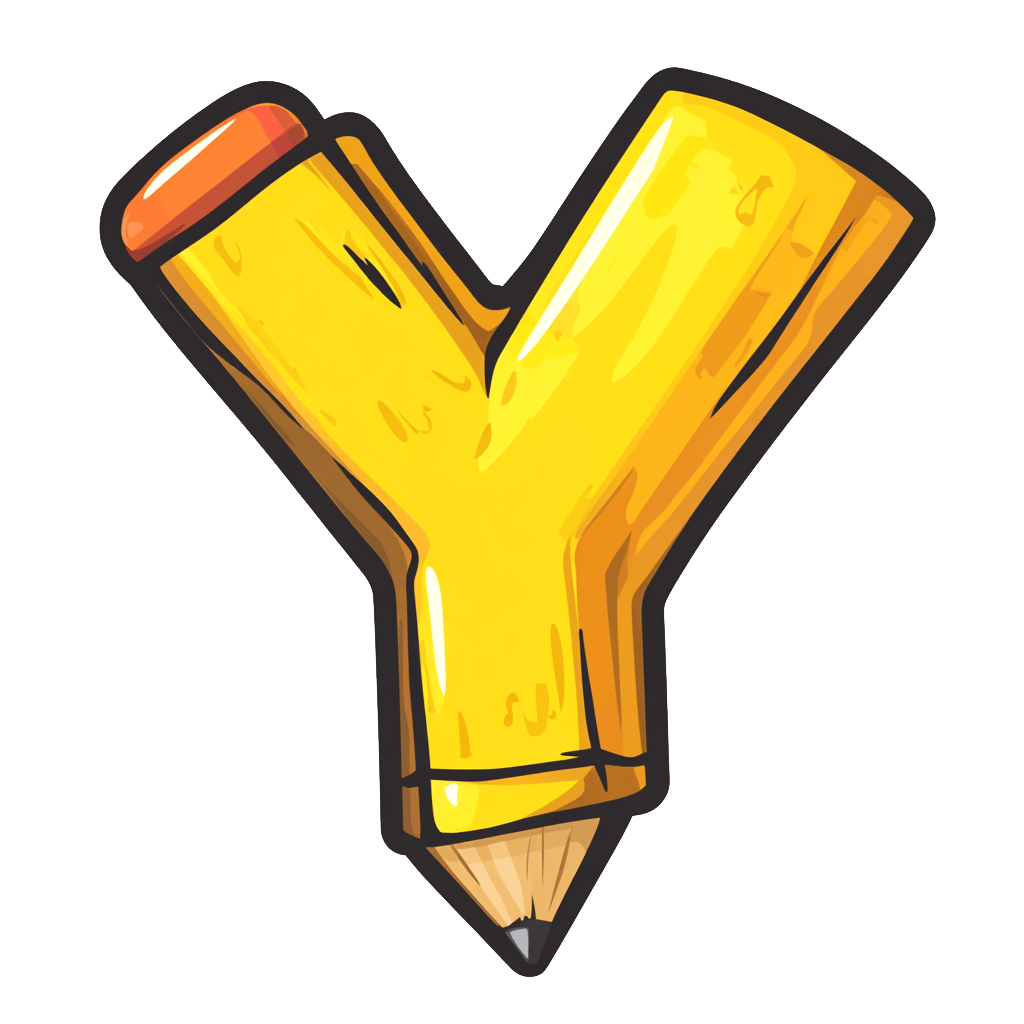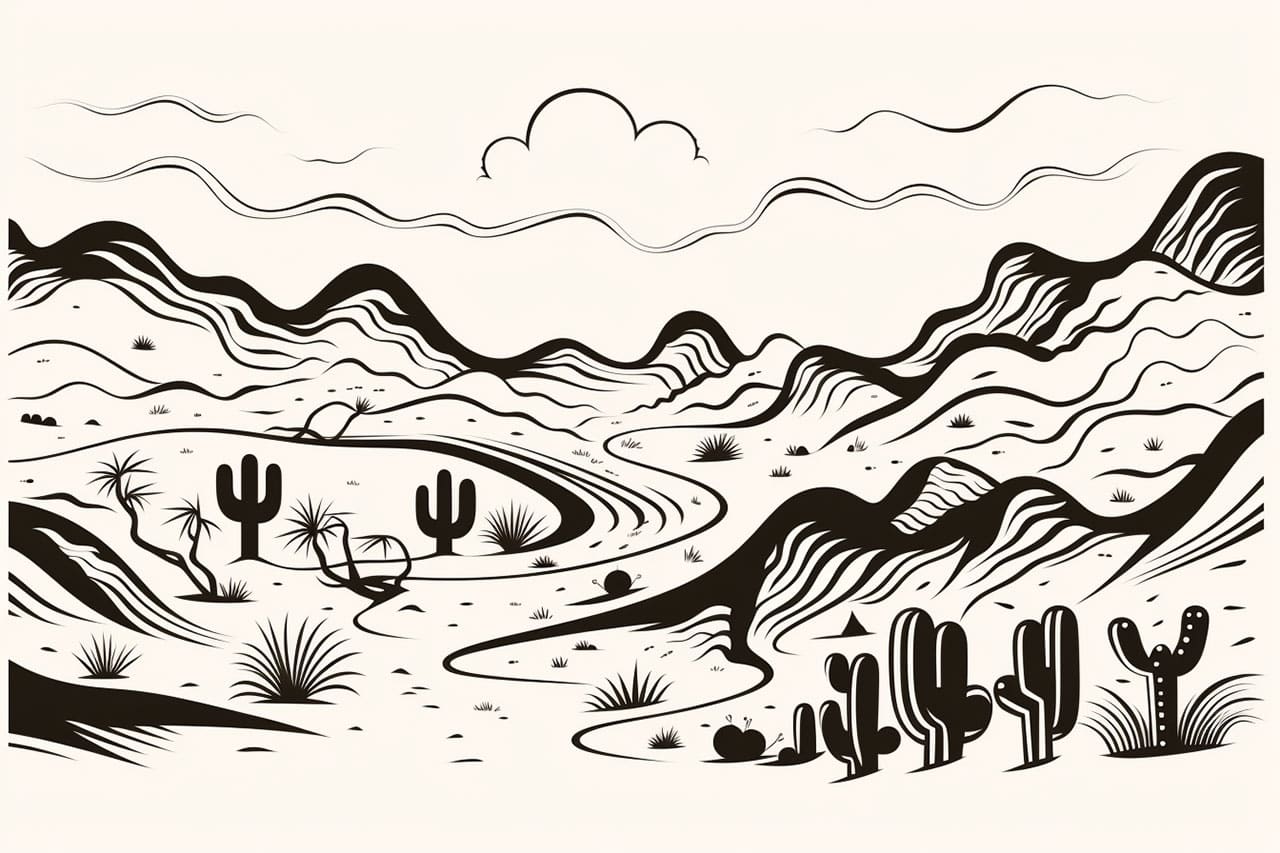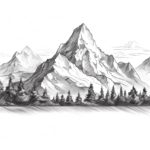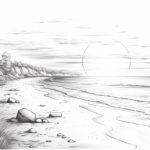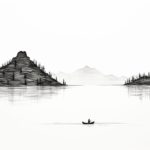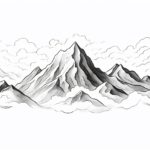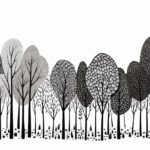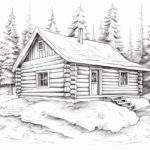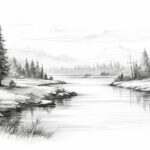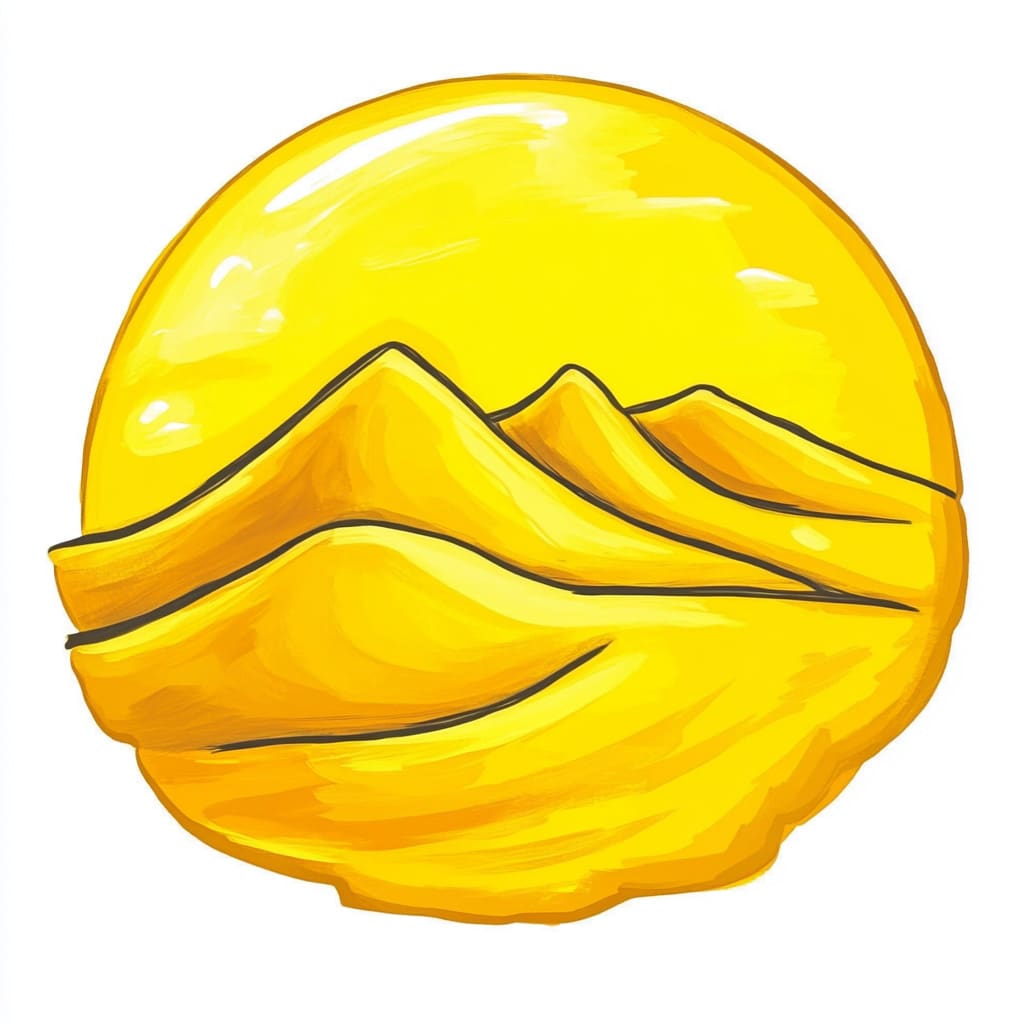
Welcome to this engaging guide on how to draw the desert! As one of nature’s most captivating environments, the desert offers a unique canvas that is both challenging and rewarding for artists of all levels. In this tutorial, you will discover a series of simple steps designed to help you harness the beauty of the desert, from sweeping dunes to distant mountains and vibrant skies.
Whether you’re picking up a pencil for the first time or seeking to refine your existing skills, this article is tailored to support your artistic journey. By following my clear and concise instructions, you will learn how to translate the striking elements of a desert scene into your own artwork. So, get ready to unleash your creativity and immerse yourself in the serene and dramatic world of the desert!
Before we jump into the drawing process, let’s make sure you have all the necessary materials at hand. Having the right tools will not only enhance your experience but also help you achieve the best results. Once you’re equipped, we’ll embark on an exciting adventure of capturing the essence of the desert through your artwork!
Materials Required
Before we start, let’s gather the materials you will need for this drawing:
- Drawing paper
- Pencil set (HB, 2B, 4B, and 6B)
- Eraser
- Blending stump
- Charcoal pencils (optional)
- Soft pastels (optional)
- Fixative spray (optional)
Now that you have your materials ready, let’s dive into the steps of drawing the desert!
Step 1: Sketch the Horizon Line
Begin by drawing a straight horizontal line across your paper to represent the horizon. This line will serve as a guide for placing different elements in your desert landscape.
Step 2: Add the Background Mountains
Using your 2B pencil, lightly sketch the outlines of distant mountains along the horizon line. Keep your strokes light and loose to create a sense of depth and distance.
Step 3: Draw the Foreground Elements
Next, use your HB pencil to draw the basic shapes of the foreground elements such as cacti, bushes, or rock formations. Experiment with different shapes and sizes to add variety to your composition.
Step 4: Define the Mountain Ranges
Switch back to your 2B pencil and start adding more details to the mountain ranges. Gradually darken the outlines and add contour lines to give them a three-dimensional appearance. Use reference photos or observe real-life landscapes to capture the natural shapes and textures of the mountains.
Step 5: Render the Sky
Now, let’s focus on the sky. Use your 4B pencil to lightly shade the sky area above the horizon line. Start by creating a smooth and even layer of shading, and then use your eraser to create clouds or other atmospheric effects. Remember to keep the sky lighter towards the horizon and gradually darken it as you move upwards.
Step 6: Add Texture to the Ground
Using your HB pencil, start adding texture to the ground area in the foreground. Sketch in lines and dots to represent sand, pebbles, or any other details you would like to include. Vary the pressure of your pencil to create different levels of shading and texture.
Step 7: Enhance the Foreground Elements
Switch to your 4B pencil and add more details and shading to the foreground elements you previously sketched. Use short, overlapping strokes to create the illusion of texture and form. Pay attention to light and shadow to make your elements appear more realistic.
Step 8: Create Depth with Shadows
To add depth to your desert landscape, it’s important to include shadows. Using your 4B pencil, carefully observe the direction of your light source and add shadows to the mountains, foreground elements, and ground. Shadows will make your drawing more three-dimensional and realistic.
Step 9: Optional: Experiment with Charcoal and Soft Pastels
If you want to add more depth and texture to your drawing, you can experiment with charcoal pencils and soft pastels. Charcoal can be used to create darker shadows and add a gritty texture to the ground. Soft pastels can be used to add vibrant colors and subtle details to the sky or other elements of your desert landscape.
Step 10: Finalize and Fixate
Once you are satisfied with your drawing, use your eraser to gently remove any unwanted pencil lines or smudges. If you used charcoal or soft pastels, consider using a fixative spray to protect your artwork and prevent smudging.
Congratulations! You have successfully created your own desert landscape drawing. Remember, practice is key to improving your skills as an artist, so don’t be afraid to try different techniques and experiment with your drawings.
Conclusion
In this tutorial, we explored the step-by-step process of drawing a desert landscape. By following these instructions and using the recommended materials, you can create your own stunning artwork that captures the beauty and serenity of the desert. Remember to practice regularly and have fun with your creations. Happy drawing!
